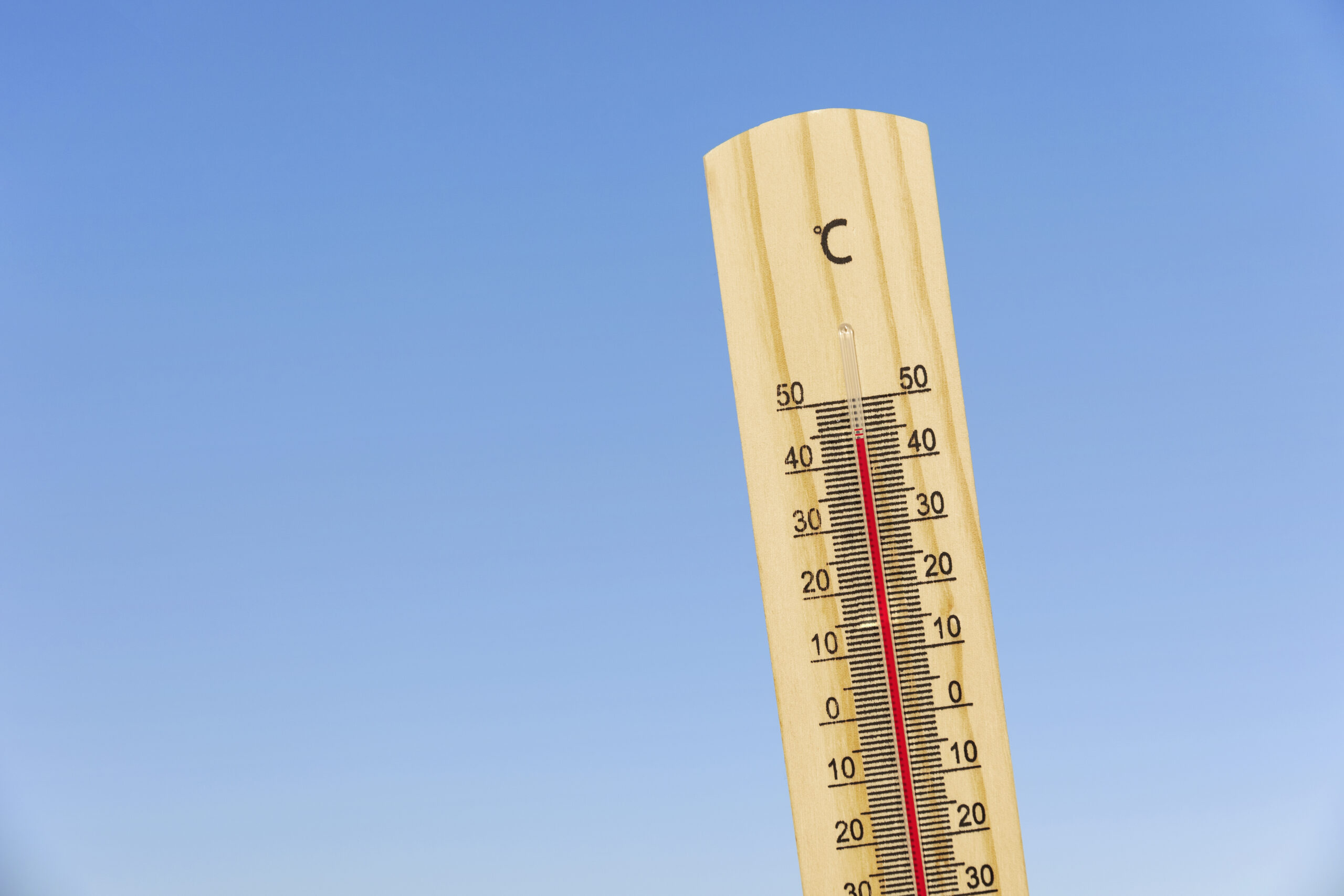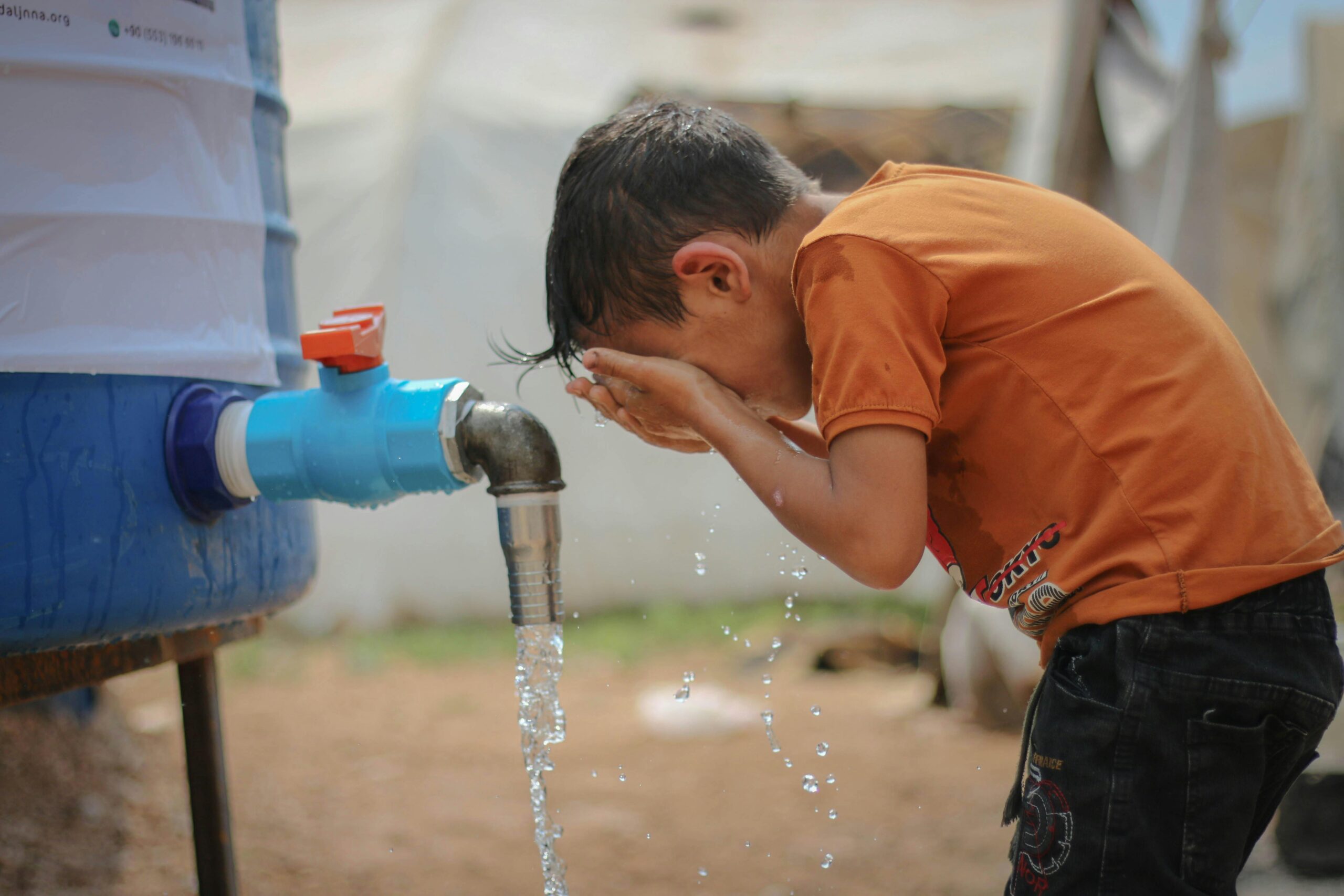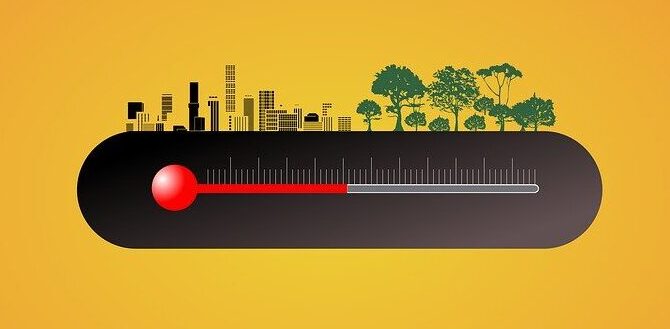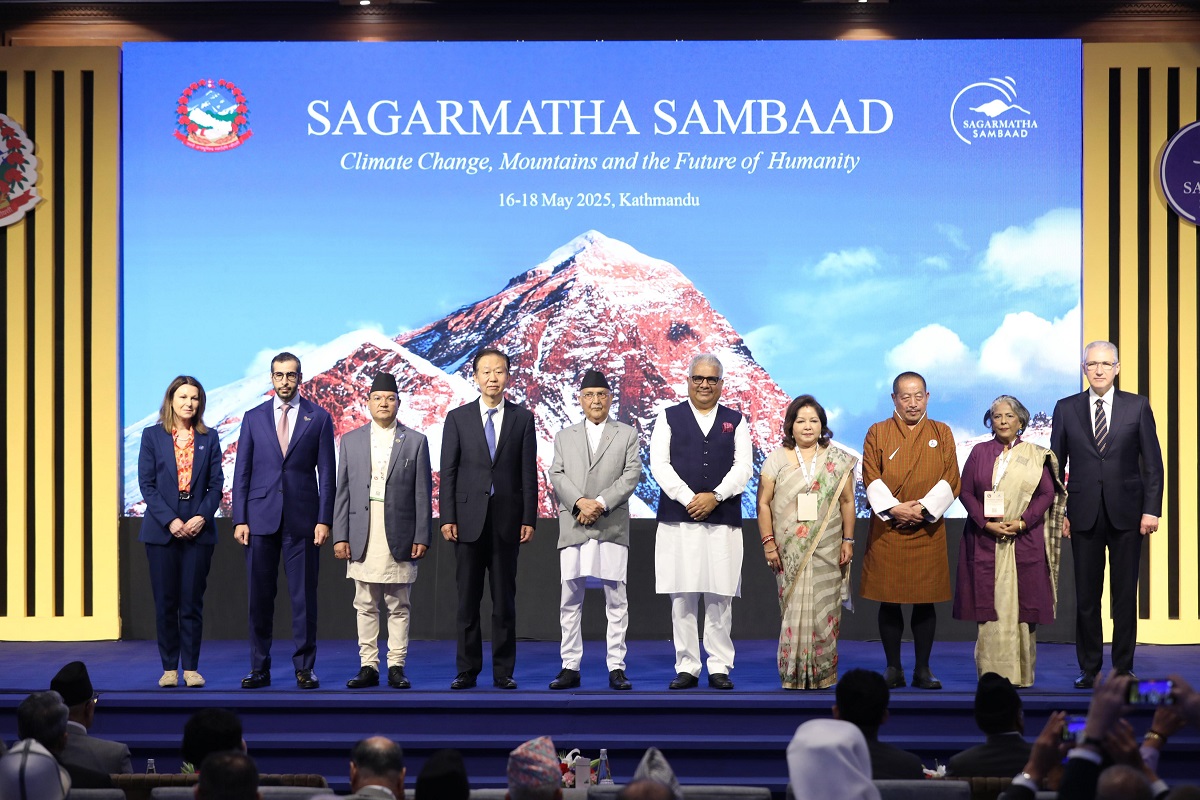India’s vast size, along with its varied geography and topography, results in diverse climates and seasonal patterns, making it vulnerable to extreme temperatures—both hot and cold. A recent study has revealed that between 2001 and 2019, exposure to extreme heat and cold led to the deaths of at least 35,000 people in India. The research analysed time-based trends in the relationship between temperature extremes and mortality across 24 Indian states.
According to the study, mortality from extreme heat was found to be greater than that from cold exposure. The data also showed that men were more vulnerable to extreme temperatures, which runs counter to findings from many global studies. Published in the journal Temperature, the study points to an upward trend in deaths caused by both heatstroke and cold exposure.
Key Findings of the Study
The study, available at Temperature Journal, reported 1,907 deaths due to heatstroke and 1,147 deaths from cold exposure in the year 2015 alone. Researchers used national temperature data sourced from the India Meteorological Department (IMD) and mortality statistics from the National Crime Records Bureau (NCRB). While national-level trends were evaluated for the years 2001–2019, state-level data was examined from 2001 to 2014 due to variability in available data from different sources.
During the entire study period from 2001 to 2019, it was observed that deaths due to extreme heat were three to five times higher among men compared to women. Similarly, cold-related deaths among men were four to seven times greater than among women. Most of these deaths occurred among working-age men (30–59 years).

Country-Level Analysis
- Mortality due to heatstroke and cold exposure showed an increasing trend, with the highest number of deaths occurring in 2015.
- Males were disproportionately affected—heatstroke related deaths were three to five times higher among men, while cold-related deaths were four to seven times higher.
- Individuals aged 45–60 years were the most susceptible to death from extreme temperatures, followed by those aged over 60 and the 30–45 years age group.
State-Level Analysis
- Between 2001 and 2014, there were 13,000 heatstroke-related deaths and approximately 11,000 deaths due to cold exposure.
- The top five states with the highest number of heatstroke deaths were Andhra Pradesh, Uttar Pradesh, Punjab, Odisha, and West Bengal. For cold-related deaths, the top five states were Uttar Pradesh, Punjab, Bihar, Haryana, and Jharkhand.
- Men were four times more affected than women, with approximately seven male deaths compared to two female deaths.
- Extreme summer temperatures were a significant factor contributing to heatstroke-related deaths in males aged 30–59 years. Conversely, women under the age of 30 were more vulnerable to temperatures up to 33°C.
- On average, 31 men died due to heatstroke and 27 due to cold exposure, compared to 8 and 5 deaths among women, respectively. Specifically, among individuals aged 30–59, 19 men died from heatstroke compared to 4 women.
- A 1°C increase in the average summer maximum temperature resulted in 21 additional deaths, while a 1°C decrease in winter minimum temperature (in the 5–10°C range) led to 13 more deaths, with males being 21 times more vulnerable than females.
- The average maximum summer temperature during the study period was about 34.4°C, ranging from 24.8°C to 41.4°C. The average minimum winter temperature was approximately 11.6°C, ranging from 1.6°C to 20.2°C.
Health Implications of Climate Extremes
Lead researcher Pradeep Guin from O.P. Jindal Global University in Haryana emphasized that deaths from extreme temperatures are preventable, and urgent measures are needed to mitigate health impacts. He stated, “With an intense heatwave forecast to hit most of the country this summer and extreme weather events becoming more frequent around the globe as the world warms, there is no time to be lost in raising awareness about the dangers of extreme temperatures and putting in place measures to reduce their impact.” He acknowledged that while support systems exist, they are insufficient in their current state.
The report also pointed to the lack of coordination in climate change mitigation efforts, particularly regarding the intersection of climate and health. It called for generating knowledge about how climate change affects health and for identifying joint areas for action. In line with this, the World Health Organization’s 2023 report stressed the importance of incorporating health priorities into national climate strategies. The report called for urgent evidence generation and action to strengthen health adaptation and resilience frameworks.
Gaps in Understanding Temperature-Health Link
The study identified three key gaps in understanding the link between extreme temperatures and mortality:
- There is a need to systematically assess vulnerability to temperature-related deaths, particularly disparities across gender, age, and geographical regions.
- It is necessary to examine how the relationship between extreme temperatures and mortality has evolved over time.
- There is limited understanding of how welfare spending and other socio-economic factors influence this relationship, which warrants further investigation.
The researchers aimed to address these issues by analysing patterns of heat- and cold-related mortality across gender and age, as well as time trends in how temperature extremes correlate with mortality. They also explored how state-level welfare spending and social-sector program participation might influence these relationships.
State-Specific Response Plans Needed

While most of the global researches have focused on developed countries or specific extreme weather events like isolated heatwaves, there has been limited focus on ongoing extreme temperature exposure in low- and middle-income countries such as India. Given the recurring temperature extremes in India, the study stresses the importance of identifying high-risk areas to help design appropriate safety measures.
Author Pradeep Guin noted that while deaths due to cold exposure are rising, heatstroke-related deaths are more prevalent and severe. Co-author Nandita Bhan from O.P. Jindal Global University’s School of Public Health and Human Development emphasized the urgent need for state-specific heat and cold action plans. She mentioned that while many Indian states are in the process of developing heat action plans, these must be evaluated and scaled, and similar efforts should be initiated for cold action plans in vulnerable regions.
The impacts of extreme weather are not limited to health—they also influence livelihoods, agriculture, migration, and mental health. The study highlighted the need to understand these broader consequences as well.
Strategies to Prevent Climate-Related Deaths
The study highlights the urgent need for state-specific action plans to reduce preventable deaths due to extreme temperatures.
- The Ahmedabad Heat Action Plan (HAP), launched in 2013 in Gujarat, successfully reduced all-cause mortality and inspired similar HAPs across 23 states and multiple districts and cities. However, many existing HAPs lack critical components such as vulnerability assessments, socio-economic analyses, and hotspot identification.
- There is a need to strengthen these plans by improving implementation, integrating socio-economic data, and addressing ground-level challenges.
- Existing plans should be evaluated for scalability, and inter-state knowledge sharing can help accelerate effective responses.
- While steps have been taken to manage heat exposure, cold exposure remains insufficiently addressed. Welfare interventions like night shelters, shaded walkways, covered bus stops, and access to water and sanitation are essential.
- Awareness-building is crucial both at the societal level, through structured programs like HAPs. And at the individual level, by encouraging safe practices such as staying hydrated, taking rest breaks, and wearing breathable clothing.
- There is a clear need for economic support measures—especially for low-income and daily wage workers who may continue working outdoors despite health risks.
- Higher health and social spending reflect stronger state capacity and preparedness, indicating better protection against climate-related health risks.
- The study also found a decline in heat-related mortality with increasing urban population, likely due to better access to timely healthcare and emergency response, which is critical for managing heat stress.
A Pan-India Perspective
The authors stated that this study is among the first to examine the impacts of extreme temperatures on mortality across the entire country. The evidence presented can help national and state climate action programs identify vulnerable populations and regions, and invest in targeted strategies to reduce temperature-related health risks.
While heat-related risks are more widely acknowledged due to India’s general climate profile, the study underscored that extreme cold also poses significant threats, especially in northern states. In response, several Indian states and the IMD have initiated seasonal advisories and recommended adaptation plans to prepare for heatwaves and cold waves.
Also Read: 2024 Hottest Year Globally, Warmest in India Since1901






